Sikhs, a religious Indian minority
Sikhs are the followers of Sikhism, a monotheistic Indian religion originating from the Punjab region of South Asia but today spread all around the world. Since the 15th century, Sikhs have believed in a Creator God, “an Infinite Force around us all and the Source of everything”. Their faith includes as well the unity and equality of all humankind - “anyone can be a Sikh”- but also engaging in selfless service, striving for social justice and honest conduct. Their aim is to connect to him by, as they say, a “ blissful experience of divine love found by singing praises in holy company, meditation, honest living and serving humanity”. Sikhism is based on the spiritual teachings of ten successive Sikh Gurus and today has over 25 million adherents worldwide. They mostly consider themselves as not only a religion but also an “ethnic minority”. Today the Sikh population represents only 3% of Indians.
Discrimination or genocide?
The period between October 31st, 1984 and November 4th, 1984 is called by the Sikhs for Justice advocacy group the “November 1984 Sikh Genocide”. During that time important Indian politicians of the Indian National Congress party and authorities in the administration allowed and contributed to the brutal killing, looting and raping of Sikhs in Delhi, Jharkhand, Madhya Pradesh, Haryana, Uttarakhand, Bihar, Uttar Pradesh, West Bengal, Himachal Pradesh, Rajasthan, Orissa, Jammu & Kashmir, Chattisgarh, Tripura, Tamil Nadu, Gujarat, Andhra Pradesh, Kerala and Maharashtra. Officially 3000 Sikhs were killed but according to Sikhs for Justice over 30 000 were murdered throughout India. They were mostly burned alive and over 2 million were displaced. The genocidal nature of this violence has been confirmed by the present Home Minister Mr. Rajnath Singh and other Ministers and members of the ruling BJP. International Human Rights Group have discovered new evidence in 2011 claiming that the November 1984 violence against Sikhs were not “riots” but were planned genocidal attacks on the community. At that period there was complete censorship on the media in the Punjab and no Human Rights organisations were permitted to investigate in the region.
Protesting in front of the Palace of Nations in Geneva, hundreds of Sikhs were sitting or standing opposite a wooden stage they had assembled that morning just under the peace symbol of the Broken Chair. “Sikh genocide continues from 1984 up to present day” was written on the poster displayed on the stage. Behind it small children in white shirts were standing with a metal chain around their necks and shoulders while alternately adults were speaking to the crowd. Apart from Master Karan Singh, an important religious figure deeply engaged in the Sikhs’ defence and the initiator of this manifestation, it was a professor of Sociology at the Dept Sociology and Anthropology Langan College in Canada, Indira Prahst, who supported the defense of the community. She denounced last week’s escalation of tensions in Punjab: after some pages of the Sikh Holy book were torn apart Sikhs responded by organising peaceful protests which were marred when police opened fire on the protestors. At least two people died and 150 were injured, which was confirmed by Movement Against Atrocities & Repression NGO against injustice. She reported a lack of media interest worldwide and Indian censorship about the discrimination which the Sikh community in India must endure: “Nothing has changed since 1984 in terms of a disregard for Sikh lives and police brutality”
“India is not a democracy and is not secular”
Those were the words of Indira Prahst which explained the Indian government’s real target. She claimed India was not a democracy and wanted to build a country ruled by Hindu people. Injustices were committed against other religious minorities, not only the Sikh but also against the larger Indian minority: the Muslims. This manifestation was therefore a call to defend the case of all those who are living in injustice. She especially demonstrated her support to Muslims in the Kashmir region. The government is deploying a divide and rule policy, trying to ruin the relations between different minorities letting them suspect they were conducting actions against one another. No one should let this happen, sikhism “does not believe in religious extremism”.
As India is a pluralist state, no one should be placed above the audience. Historically the Sikh community has been contributing to the welfare of India. During the first world war, hundreds of thousands of them entered the country’s army but they also militated for the Independence of India. Why should they not be treated equally to other Indian citizens? If the Indian government does not want to live on the same soil as the minorities, why would it not give them independence? This point was an important issue of the protests.
Requesting justice and peace
After the demonstration Mrs. Prahst was going to meet UN representatives in order to explain the problem present in India. She wanted UN forces to help reestablish justice and democracy in India. This is not an easy issue as India is a fast developing country interacting with important European countries. Mrs. Prahst living actually in Canada was half German, half Indian, and said she was therefore very angry about her country’s politics. By trading with India, Germany was for her supporting the Indian government and its actions. What Angela Merkel forgets it is the importance of Sikhs in European history. During the second world war, around 220 000 sikhs were killed in both belligerents’ armies. Today a large community of this population lives in Europe. Many of them came specially to demonstrate in the city of peace in order to establish justice in their homeland but also to show their opposition to any kind of discrimination. Carrying posters with the picture of Bapu Surat Singh Khalsa, a 83 year-old American resident and political activist, they were requesting just as he did by being on a fast-unto-death since January 2015, the liberation of Sikh political prisoners in India, who are still imprisoned despite having served their sentences. “We just seek for justice and peace for everyone” could be heard from the crowd.
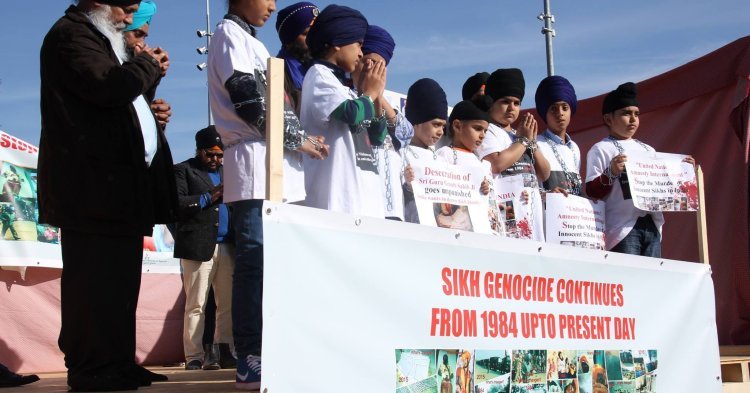

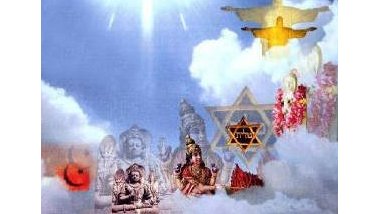

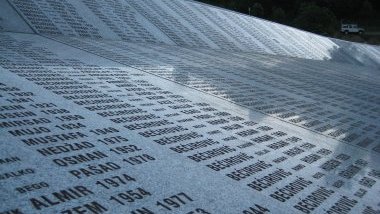
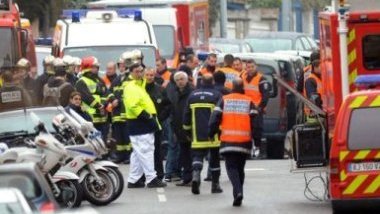
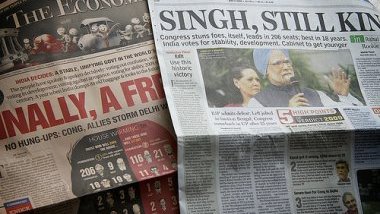
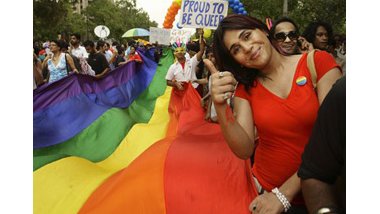
Follow the comments: |
|
